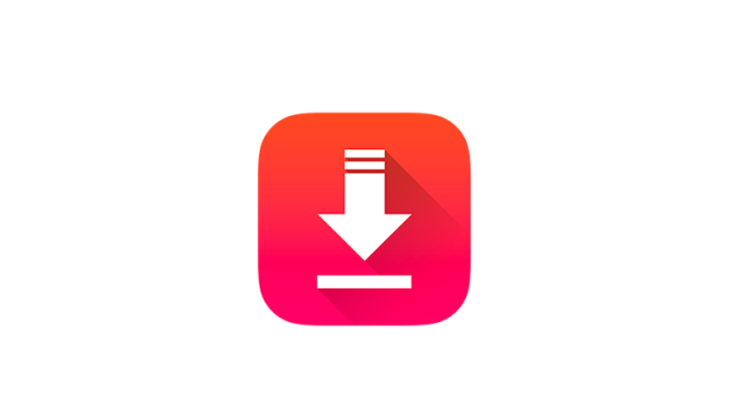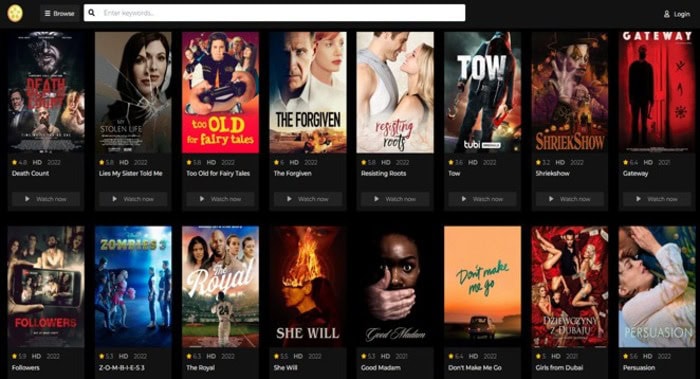
Mobile apps have become an integral part of our daily lives. Before you even begin your day, chances are that you have already turned to an app on your smartphone. Whether it’s checking social media notifications, logging your workout routine, or setting up your finances, it’s clear that we now rely on mobile apps for most of our activities.
The recent research by eMarketer highlights the amount of time people spend on mobile apps. According to the study, adults in the US spend 3 hours and 43 minutes on average on their phones every day, with apps responsible for 90 percent of the total time.
Although most of this time is spend on mobile apps that provide fundamental functions like social networking and maps, the data does indicate that app usage is on the rise. With more than 5 million apps available on the leading app stores, it is certainly a marketplace with cut-throat competition.
Lifestyle App:
The mobile app development world rarely stays still as there are always new trends of apps for Android and iOS users. One trending category popular among users is the lifestyle apps that facilitate our lives in various spheres.
Lifestyle apps combine fashion, health, culture, fitness, travel, and leisure into a single app and help us maintain a healthy lifestyle. Whether you are planning a trip, booking accommodation, or logging your training program, lifestyle apps can assist you in these tasks.
Since there are thousands of apps, even in unique niches, the growing competition demands the creation of innovative apps. It is crucial for app developers to understand what the users expect from an app to ensure that their app does not get lost (or abandoned) in the crowd. Here, we dig deeper to explore the features that developers should implement in their apps to make them engaging for users.
1. Security
If there is one feature that you can’t ignore, it’s your app security. The amount of data users share on mobile apps is constantly on the rise as apps become more customizable. However, irrespective of the amount of data they share, users always expect it to be protected from prying eyes.
App developers should ensure that access to their mobile apps is as simple as possible, but they should also take security measures to protect consumer data. Amidst the growing cybersecurity threats, hackers are becoming sophisticated in how they acquire users’ data. Mobile apps should particularly take steps to meet customer concerns regarding these attacks.
- Malware: Malware (short for Malicious Software) are cyber-attacks where hackers place malicious software into apps to access critical data like codes and passwords.
- Phishing: Phishing attacks involve receiving emails and messages from a firm with which the victim often does business. The emails may even direct the users to an authentic-looking website and fool the victim into giving out sensitive information.
- Identity fraud: Identity fraud involves impersonation and attacks on the personal data of consumers.
While cyber-attacks have been on the rise, app developers can take steps to provide some level of comfort to consumers. Use two-factor authentication, like the airG scam free apps, to add an extra layer of security and protect users’ data from being compromised.
2. Simple UI
A simple user interface is a feature that’s often underrated. For a lifestyle app, it is imperative that it provides a simple user experience. Instead of cramming unnecessary features in the app, developers should only incorporate features essential to a better experience.
Although you can add tons of cool features to an app, you have to make sure that they align with your customers’ needs. Otherwise, those extra features will be hurting more than helping.
3. Personalized Experiences
According to an eMarketer survey, more personalized experiences in mobile apps was the number one feature that users expect in a mobile app. So, it shouldn’t come as a surprise that personalization is an imperative feature for mobile apps. In order to stand out in the crowd, it is necessary to personalize the user experience.
Developers can provide a personalized experience on the basis of factors like demographics, users’ behavior in the app, or their location. Spotify and Runtastic serve as good examples of personalized user experience. After providing a more personalized experience, Runtastic saw a dramatic increase in usage and a 300 percent rise in campaign creation efficiency.
The app offered a simple fitness entry test and used the information to provide a training program tailored to the users’ needs. These included instructional videos, health and nutrition tips, and more.
4. Live chat
AI and chatbots have been one of the busiest areas that received huge amounts of money in the last few years. Envisaging the growing demand, tech companies like Google, Microsoft, and Facebook have invested heavily in AI and Chatbot R&D.
Chatbots provides a revamped user interface and allows interaction through natural language with an app. It makes the conversation similar to chatting with a friend. CNN’s chatbot on Facebook messenger is an excellent example that demonstrates the capabilities of chatbots. Users who want to get updates on an issue can just ask the bot instead of using the search engine and heading to the CNN website. Chatbots make apps faster and personalized, which is what consumers expect from an app.
5. Updates on Lifestyle Activities Events
Registering for fitness activities and lifestyle events are certainly of interest, but users want to know if some change in venue or scheduling takes place. For instance, you have signed up for a show to be held tomorrow, but it gets delayed due to bad weather. Users expect that they get an alert that informs them about the change. This feature may not work on apps that automatically log you out instead of keeping you signed in.
Final Thoughts
In order to develop a successful lifestyle app, it is necessary to understand what users want from the app before you begin to design it. While these are some general features that users want in an app, you will need to dig deeper and know more about your target audience to meet their needs. It may seem hectic, but if done right, it can ensure your app’s success.
Author Bio
Audrey Throne has an ongoing affair with the words that capture readers’ attention. Her passion for writing dates back to her pre-blogging days. She loves to share her thoughts related to business, technology, health and fashion.
Find her on Twitter: @audrey_throne



